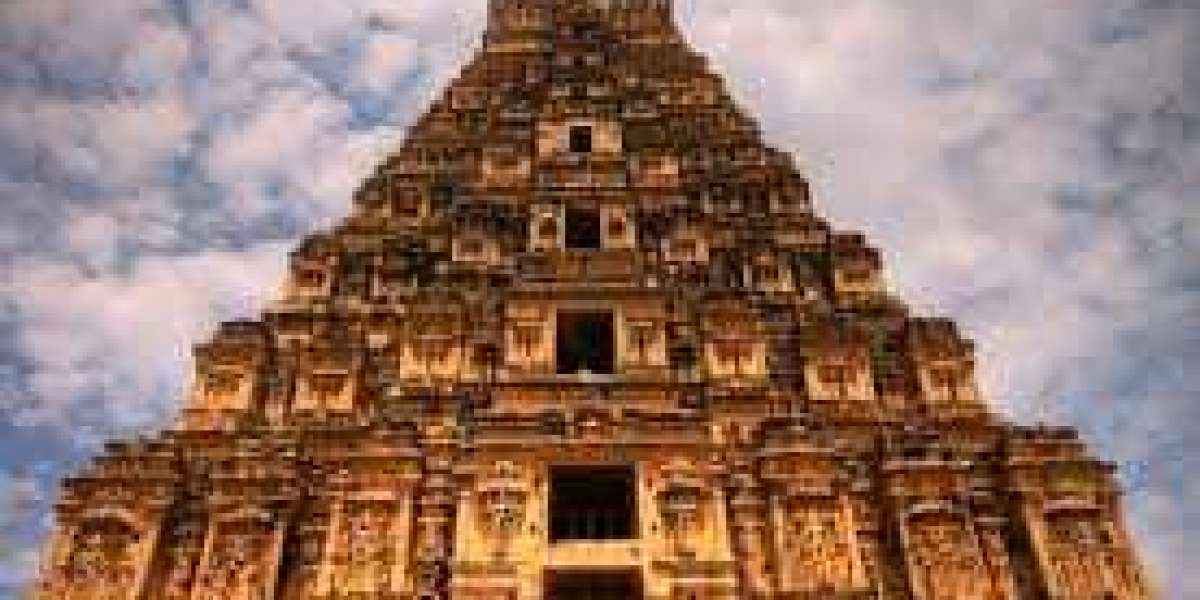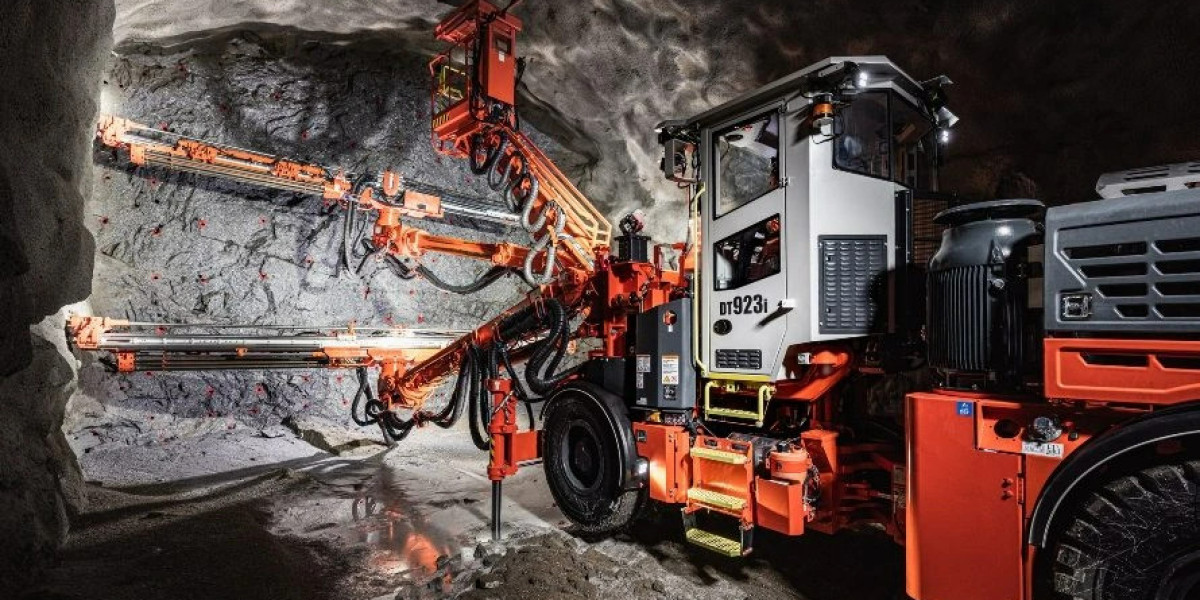The circumstances surrounding the construction of the Virupaksha complex, the largest and most elaborate monument at Pattadakal, are relatively well known. An inscription on the east gateway of the complex explains that the temple was commissioned by Lokamahadevi, the elder of the two sister queens of Vikramaditya II, to commemorate her husband’s conquests of Kanchipuram.
The Virupaksha represents the climax of the Early Chalukya series in terms of layout, exterior treatment and sculptural decor. The temple architecture and art at this site bears witness to the inspired patronage of the Early Chalukya kings and their queens over a period of almost two hundred years.
Pattadakal has been a royal place for worship. Chalukyans have erected royal monuments and royal temples here mainly for the coronnation of kings and other royal ceremonies. Most of the monuments at this place received direct patronage from royal families. There are both dravida and nagara shrines here. Kings contributed for both the shrines.
ARCHITECTURAL INFLUENCES
A number of features regardless of whether they were northern and southern or aberrant in form, seem to pervade all structural temples of the Early Western Chalukya period. In the later years of Vikramaditya II’s reign, architectural style changed rapidly. Virupaksha temple is a very developed form of the Dravidian style of temple architecture of his time. Therefore, less nagara elements are witnessed here.
In this period can be seen the transformation of the Early Chalukya temple into a grandiose planned complex. This architectural achievement owes much to Pallava influence, particularly the early 8th c. Kailashnath temple at Kanchipuram.
Some early writers even suggested that the Kailashnath Temple was the inspiration of the Virupaksha. Historians like A.M. Annigeri, George Mitchell and many others have stated that the temple of Virupaksha was built after the pattern of the Rajasimhesvara or Kailashnath Temple at Kanchi. This temple of Virupaksha has stood as a model to the rock-cut Kailash temple at Ellora.
Henry Cousens who has made a comparative study of these two monuments at Pattadakal and Ellora opines that they have a similar plan, elevation and resemble closely to each other even in the execution and arrangement of the sculptures. The sculptures of Ravana killing Jatayu, Lakulisa, Shiva seated in Kailash, Lingodabhavamurti etc are depicted on the outer walls of the Virupaksha temple at Pattadakal and the Kailash temple at Ellora.
On the lines of building small cells along the inner side of the compound of the Virupaksha temple at Pattadakal is carved on the south wall of the Kailash temple at Ellora. From this it appears that the Rashtrakuta king Krshna I should have employed the artists that have worked in building the Virupaksha temple at Pattadakal. According to Percy Brown the temple of Virupaksha shows a distinct advancement in the art of building temples.
RELIGIOUS AFFILIATIONS
Over the years most of the Early Chalukya temples have been subjected to changes of dedication and of cult affiliation. Vikramaditya I’s reign marks a change in the cult affiliation of the Early Chalukyas, who from this time onwards tend to be Shaivas; there is even a notice of the king’s initiation ceremony in 660. Shaivism became the predominant religion in this region by this time. Vishnu was also respected, however, as can be seen by the presence of his images on the walls of the Saivite temples in Pattadakal.
However by reading the architecture of this temple one can conclude that Shiva was represented as the one whom no one can defeat and is the superior most. The various images sculpted in the niches of this temple surrounding the outer walls confirms the superiority of Lord Shiva. Lingodbhavamurti (8th c. AD) is one where Vishnu and Brahma both are unsuccessful to reach the ends of the Shivalinga, constructed to show the unfathomable greatness of the Linga was constructed here in the niche of the Godhamandapa. We also have reliefs of Ravana beneath a scene of linga worship and Shiva seated above a pair of sages. A splendid composition of Ravana shaking Mount Kailash is seen on the west column of the side porch. Ravana is shown with his twenty arms with pincer-like heads, with feet sinking into the ground conveying the force of his movement.
Various aspects of Shiva are placed at different places here. Some of them include the very famous Nataraja figure, Lakulisha Shiva, Ardhanareshwara, Shiva Parvati, Harihara etc. Small symbols can also be witnessed- Padmanidhi and Shankha Nidhi can be seen on one of the entrances on both sides. These representations of Kuber and are considered symbols of wealth. Auspicious symbols like these were always part of the architecture of sacred places like temples.
Although the temple includes some of the Vishnu images, predominantly, it depicted the superiority of Shiva. This kind of representation is evident of the fact that the Early Chalukyans were Shaivites but they were open to the Vaishnav elements and many other beliefs and stories were also represented showing their secular nature.
The pillar panels inside the temples are marvellous. They narrate different mythological stories. One depicts the childhood exploits of Krishna. Krishna at this time emerged as a separate cult. Depiction of Ramayana and Mahabharata narratives also indicate the popularity of these epics by this time. No Rama cult at this point. Alvars treat him as an avatara.







